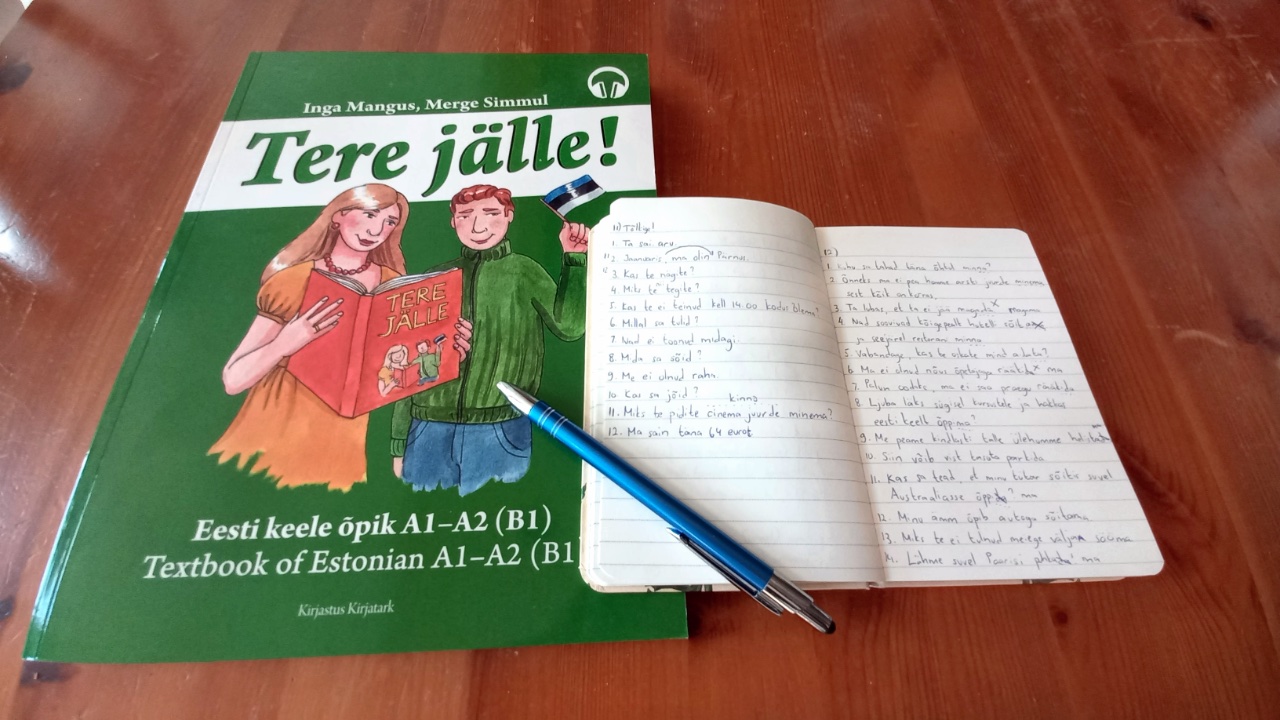
- 4/11/2022
- 6 min read
How To Learn Foreign Languages On Your Own
Aside from composing music I also like to learn new languages, whether they’re programming languages or foreign languages. Some of the foreign languages that I learned are English, Mandarin (China), Finnish (Finland), Malay (Malaysia), and Estonian. I forgot some of the languages since they’re rarely in use. The foreign languages that I still actively use and learn are English, Estonian, and Malay. English because it has become a daily language, Estonian because I live and plan to live long term in Estonia, also Malay to communicate with friends in the indie maker community since the majority of the people there are Malaysians.

Did you know that learning a new foreign language and becoming a bilingual, or even polyglot has many benefits? Some of them are:
- Unlock new learning resources. In my case, whose career is in the Information Technology industry, English is an important language to learn because the majority of the most recent and in-depth resources are using the English language.
- Help to find new information on the Internet. In the case where you need to sell in a country whose national language isn’t English, you’ll find difficulties if you do Google searches in English. There is a lot of interesting information written in the local languages.
- Provide better opportunities to build a career abroad. This relates to my experience learning the Estonian language for fun in 2018. I was just curious about the language, and I still managed my own company from Bali with the Estonian e-Residency program. However, when I got a job interview in an Estonian company in 2021, this gave a stronger consideration for the HR person to recruit me. Even though everyone communicates in English in the office as the official working language.
- Reduce the risks of Alzheimer’s and dementia. From a health perspective, I read that learning a second, third or more languages will help to reduce the risks of getting Alzheimer’s or dementia because we force our brain to keep learning and working.
Good luck to Indonesians, since most of us have been bilingual or trilingual ever since we were young. At the very least, we’re able to speak Indonesian and our local languages. This really helps in learning other foreign languages.
Tools and learning material
I still remember the time when I learned English in my teenage years, textbooks are basically the only learning material available. Other than that, I went to a language class in LIA so that I can have conversation partners. In the age of the internet, learning a foreign language has become even easier thanks to many smartphone applications and various websites to learn. Here are some of my learning tools to learn new foreign languages.
Textbooks
I really like to learn foreign languages from textbooks because of their structured learning materials - designed for beginner to advanced levels. I’d recommend you to buy a textbook if the foreign language that you learn has textbooks available in the bookstores. Personally, I used textbooks when I was learning English, Mandarin, and Estonian. It was easier to find textbooks for English and Mandarin in Indonesia. However, I was only able to find Estonian textbooks when I moved here to Estonia since no one sells them in Indonesia.

Smartphone applications
I have three favorite applications to learn foreign languages. There are free and paid versions of them.
Duolingo
Among my three favorite applications, only Duolingo has the most language options. There are 19 languages that you can learn from this application. I used Duolingo when I was learning Mandarin, Hungarian, and Finnish. In my opinion, the downside of this application is its monotonous learning method. The users are only able to answer multiple-choice questions in texts or audio to memorize the vocabulary.
Duolingo’s paid version has the quiz features to help understand the language better. I personally haven’t tried its paid version.
Speakly
Speakly is a technology startup from Estonia that focuses on language training. There are 7 foreign languages that you can learn from this application, such as Estonian, Russian, Spanish, French, German, and Finnish. I used Speakly to learn Estonian. I find Speakly provides more variation than Duolingo. Aside from multiple-choice questions, there are sentence writing, listening, and speaking lessons. Speakly’s free version only has multiple choice questions, sentence writing, and short sentence listening lessons.
Its paid version has more features such as listening to daily conversations in real life, speaking (but not with real people), to music recommendations for the languages you aim to learn.
If you want to try Speakly’s premium feature for free for a full month, you can use my invite code from this link.
italki
I used this application to train my conversation with real people. In this application, I was able to find language tutors to train my communication ability for the languages that I am learning. This is a paid application whose prices vary on what each tutor wants to charge.
If you’re interested in trying iTalki, you can use my invite code in this link. You’ll get a US$5 bonus credit after making a US$20 credit purchase with that code.
Some tips to learn foreign languages
I have some tips to help you learn foreign languages, which are:
- Find your motivation to learn. Try to find the answer to this question, “Why do I want to learn X language?”. In my case, my motivation to learn Estonian is because I plan to live here for the long term. For context, we’re required to be able to speak Estonian at the very least in B1 level (intermediate) to get the permanent residence permit.
- Keep using the language. Even if you don’t actively use it, at the very least try to keep writing in it. My Mandarin is getting rusty since I don’t use it at all. Back to point number 1, I didn’t have a strong motivation to learn Mandarin 😅.
- Focus on the first three months. If you’re the type that wants to learn a lot of languages, I’d recommend not mixing your learning. It’s better to focus on one language in the first three months, that way you’re able to identify the pattern of the language you aim to learn.
- Use social media such as Twitter and YouTube to add daily vocabulary in the language you aim for. I usually like Estonians’ and Malaysians’ tweets so that Twitter algorithm will recommend more Estonian and Malaysian tweets content.
That’s how I learn foreign languages on my own. I hope this post will help fellow learners that want to learn foreign languages. If you have tips to share, please leave your tips in the comment section below 👇🏼.